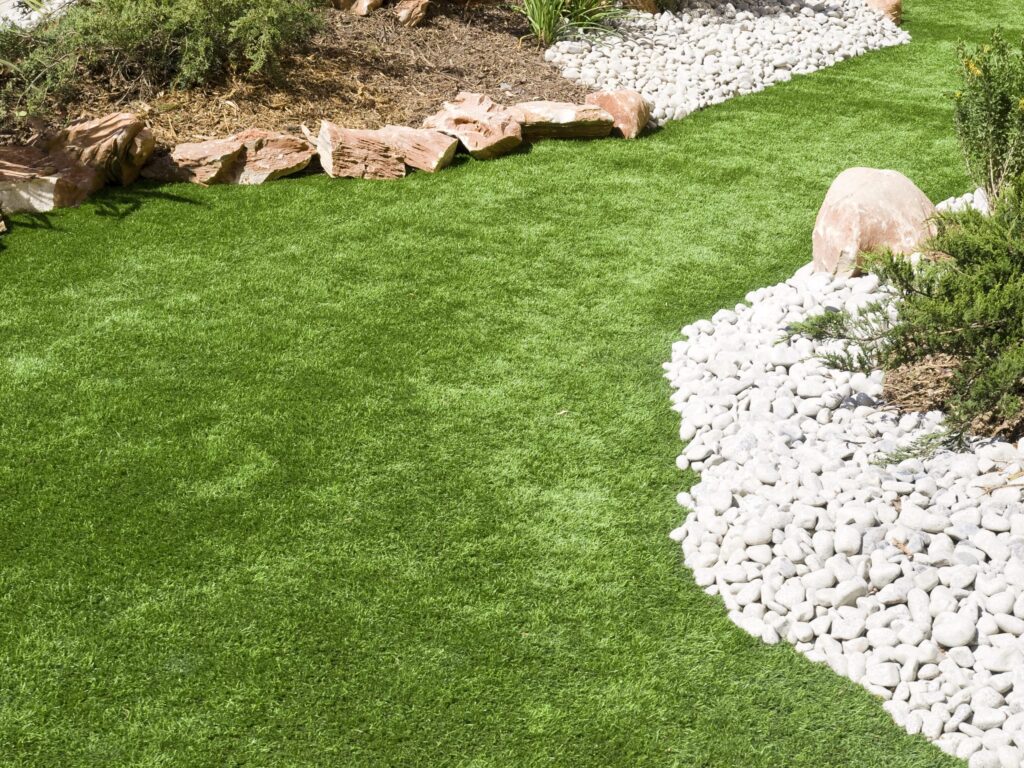What Should You Expect From Your First Yoga Class?
In your first yoga class, you can expect a calming atmosphere designed for relaxation. You’ll wear comfortable, breathable clothing and bring essentials like a mat and water bottle. Classes often begin with foundational poses, and instructors will guide you on proper alignment and breath techniques. It’s normal to feel a mix of excitement and nervousness, but remember, everyone’s on their own journey. Engage with your instructor and ask questions when needed. Stay focused on your practice, and don’t compare yourself to others. There’s so much more to explore about yoga, and your journey has just begun!
Choosing the Right Yoga Class
When you’re choosing the right yoga class, consider your goals and experience level to find the perfect fit. If you’re looking to book a yoga class in Geelong, different class types, like Hatha, Vinyasa, or Yin, cater to various preferences and fitness levels.
If you’re a beginner, you might want to start with a slower-paced class that focuses on foundational postures. As you progress, you can explore more dynamic styles.
Additionally, pay attention to instructor styles. Some instructors emphasize alignment and mindfulness, while others may focus on flow and intensity.
Try to observe or attend a few classes to discover which combination resonates with you. By aligning your goals with the appropriate class and instructor, you’ll set yourself up for a positive and fulfilling yoga experience.
What to Wear and Bring
To make the most of your first yoga class, choosing the right attire and what to bring is just as important as selecting the class itself.
Opt for comfortable yoga attire that allows for easy movement, like fitted leggings or shorts and a breathable top. Avoid anything too loose, as it might get in the way during poses.
As for essential items, don’t forget to bring a yoga mat if the studio doesn’t provide one. A water bottle is vital to stay hydrated, and a small towel can help keep you dry.
If you have a favorite blanket or strap, consider bringing those too. Being well-prepared will help you focus on your practice and enjoy the experience!

Common Yoga Poses for Beginners
Exploring common yoga poses for beginners can help you build a solid foundation for your practice.
Start with foundational poses like Downward Facing Dog, Mountain Pose, and Child’s Pose. These poses not only improve your flexibility but also teach you basic alignment, which is essential for preventing injuries.
As you move into each pose, focus on grounding your feet and aligning your spine. You’ll find that these simple adjustments can greatly enhance your practice.
Don’t rush; take your time to settle into each pose and listen to your body.
Practicing these basic poses regularly will build strength and confidence, making it easier to shift to more advanced postures as you progress in your yoga journey.
Understanding Breathwork Techniques
Integrating breathwork techniques into your practice can greatly enhance your experience and deepen your connection to the poses you’ve learned.
By focusing on breath awareness, you’ll become more attuned to how your body moves and feels.
Start with diaphragmatic breathing, which involves inhaling deeply through your nose, allowing your abdomen to expand, and exhaling slowly through your mouth.
This technique not only calms your mind but also helps improve your lung capacity.
As you progress, pay attention to how your breath flows with your movements—this connection can transform your practice.
The Studio Atmosphere and Community
Stepping into a yoga studio often immerses you in a calming atmosphere that fosters community and connection among practitioners.
The studio ambiance typically features soft lighting, soothing colors, and gentle music, all designed to help you relax and focus.
You’ll likely notice fellow yogis creating a sense of unity, whether through shared smiles or encouraging nods. This supportive environment enhances your practice, making it easier to connect with yourself and others.
Community support becomes evident as you engage with classmates and instructors, who often share tips or offer assistance.
Embracing this sense of belonging can greatly enrich your yoga experience, helping you feel welcomed and motivated to explore your practice further.
Tips for a Positive Experience
To guarantee a positive experience in your first yoga class, arrive a bit early to settle in and get comfortable with the space. This extra time allows you to adopt a mindful mindset, creating a calm and open atmosphere for your practice.
During class, don’t hesitate to engage in instructor interaction; they’re there to help you. Ask questions if you’re unsure about poses or adjustments.
Trust that everyone’s on their own journey, so focus on your own experience rather than comparing yourself to others. Remember to breathe deeply and listen to your body—it’s okay to modify poses as needed.
Conclusion
You’re now ready for your first yoga class! Remember to choose the right class for your level and wear comfortable clothes.
Bring a mat and water, and don’t hesitate to ask questions.
Embrace the common poses and focus on your breath.
Enjoy the supportive atmosphere of the studio and connect with the community around you.
Finally, keep an open mind and stay positive—you’re on a journey to wellness, and every class is a step forward!

